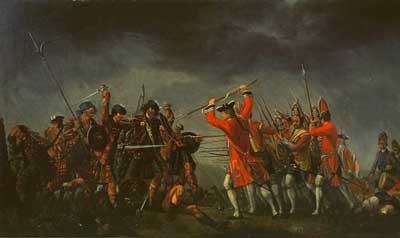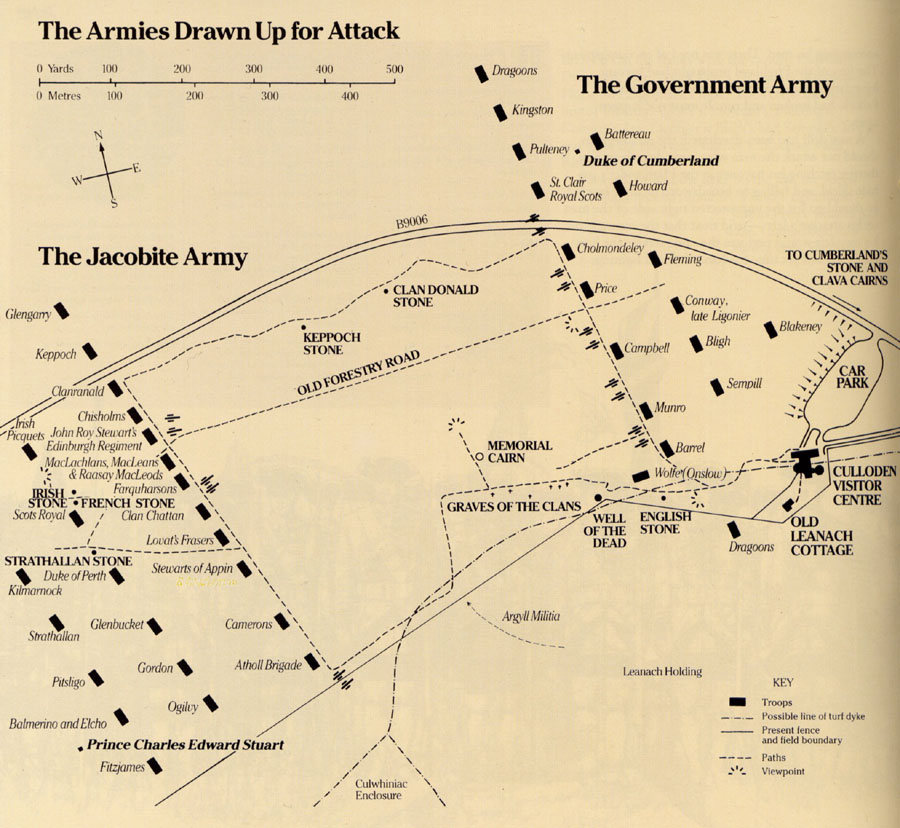WordPress database error: [Got error 28 from storage engine]
SELECT t.*, tt.*, tr.object_id FROM wp_terms AS t INNER JOIN wp_term_taxonomy AS tt ON tt.term_id = t.term_id INNER JOIN wp_term_relationships AS tr ON tr.term_taxonomy_id = tt.term_taxonomy_id WHERE tt.taxonomy IN ('category', 'post_tag', 'post_format') AND tr.object_id IN (4764, 5130, 5197, 38729, 38732, 38750, 38756, 56807, 56984, 61453) ORDER BY t.name ASC
1746 – Battle Of Culloden
Culloden Moor, known then as Drummossie Muir, was the site of the last pitched battle on the British mainland on 16 April 1746.
The Jacobites were pulling back into the Highlands, ending their siege of Stirling as they headed for Inverness. Despite their victory at Falkirk, Jacobite morale was declining. Hunger saw the men spreading out wide to find their own food, some of them breaking ranks for home.
Most of their artillery had been ditched since reinforcements from France were growing more unlikely.
Things were very different for the Duke of Cumberland, now leading the Hanovarian army. His army was being well supplied by sea as he followed Prince Charles up the east coast.
Lord George Murray advised his Prince that the Jacobites would be best dispersing into the hills to use guerrilla strikes, bringing the army back together in the summer. Charles chose however, to reject the tactics the Highlanders knew best and opted to meet the enemy again in an open area.
On the night of the 15th, a mismanaged strike was launched on Cumberland’s camp which achieved nothing, resulting only in sleepless, hungry Highlanders for the next day. When they met on the Moor near Culloden, the Jacobites numbered four and a half thousand to Cumberland’s nine thousand Hanovarians.
Restricted by flanking dykes, the Jacobites presented a narrow, dense front. For the first twenty minutes of the hour-long battle the Hanovarian cannons pummelled the crowded area. When the Jacobites advanced the men in the centre found themselves having to squeeze to the right to avoid soft ground. There were so many men in such a small area that muskets could not be used. Nevertheless they butchered on through the Hanovarian left only to meet another regiment behind.
The Jacobite left had not joined the attack, and with two-thirds of the men now in difficulties, Cumberland’s cavalry had little trouble sweeping in to end the battle by two’o’clock. Working at their leisure, they proceeded to slaughter every Jacobite they had until the following day and continued to kill in round-ups for weeks following.
The fatalities numbered three hundred Hanovarians and two thousand Jacobites.
This was the end of the second Jacobite Rising.
Blog Posts about Culloden
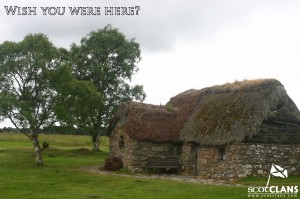
Love for Culloden!
Read More
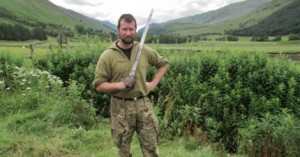
The Sword of Donald Robertson of Woodsheal
Read More
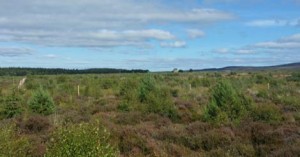
A Walk Through Culloden
Read More
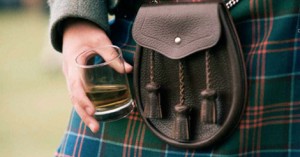
Top 5: Whisky of the Clans
Read More

PM Cites Clan Cameron Heritage in Referendum Speech
Read More
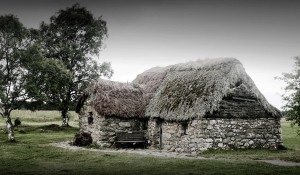
Culloden Moor Housing Development and our Ancestral Heritage.
Read More
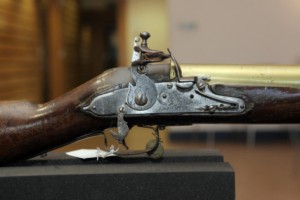
Crowdfunding Appeal to Save Culloden Blunderbuss
Read More
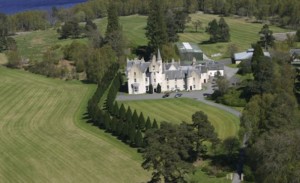
Clan Donnachaidh (Robertson) Estate up for Sale
Read More
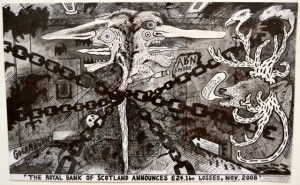
Martin Fowler’s Graphic History of Scotland
Read More
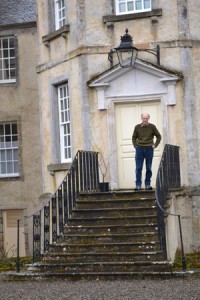
An Expedition to Munro Country
Read More






